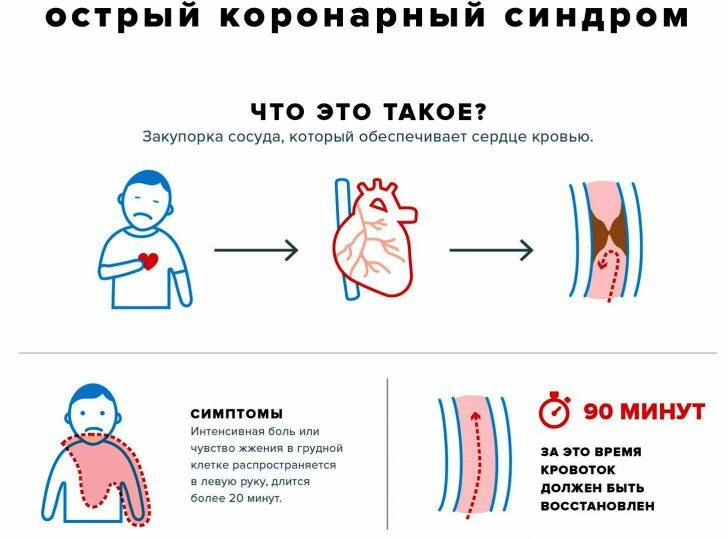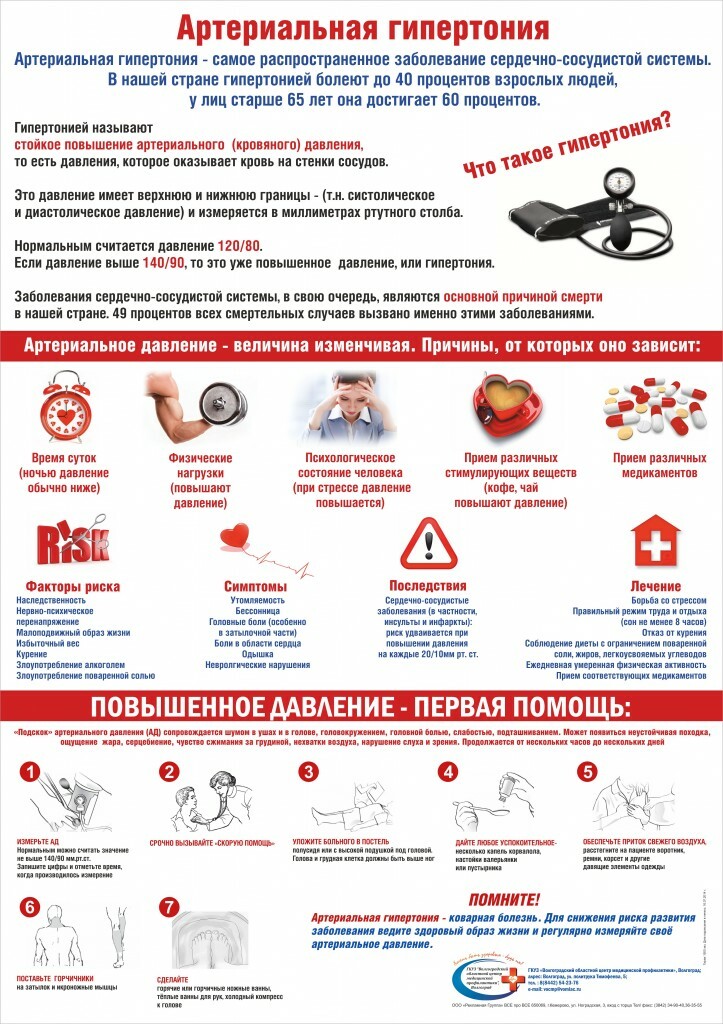Congenital heart defect

Congenital heart disease( CHD) refers to changes in the anatomical structure of the heart muscle structures. This disease occurs in approximately 1% of cases. In recent years, according to statistical data, this figure is growing( however, this should not be regarded as the fact that the number of patients is getting bigger - it is only with the development of diagnostic methods that it becomes possible to recognize the UPU much better).
Classification of
Congenital malformation has many varieties. Among them, the most common are:
- Open arterial duct;
- Defect of interventricular septum;
- Pulmonary artery stenosis;
- Cortex of the aorta;
- Transposition of the main large vessels;
- Atrial septal defect;
- Stenosis of the aorta.
In total, there are more than one hundred varieties of congenital heart disease. Accordingly, there are many classifications of this disease. At the moment, the Russian Federation uses a classification that corresponds to the International Classification of Diseases. It is often possible to divide UPU into white, in which the patient's skin has a whitish hue, and blue, with a bluish tinge. The white type includes a defect of the interventricular septum or interatrial septum, etc., to blue - atresia of the pulmonary artery, tetralogy of Fallot, transposition of the main vessels, etc.
Signs and Diagnosis
The sooner the presence of AMS is revealed, the greater the likelihood that the treatment will be successful. The presence of heart disease can be suspected by the following signs:
- When listening to the heart, noises are heard;
- At the time of birth or a little later the baby has cyanotic or blue color of the lips, skin, auricles, or blueness manifests when the baby screams or feeds it. If there is a white version of the UPU, then the coldness of the limbs and blanching of the baby may appear;
- Symptoms of heart failure are present;
- When examined by X-ray, an electrocardiogram or an echocardiogram, the results differ from those of a healthy person.
What are the causes of the UPU?
The probability of a child with a heart defect is higher in women in the following categories:
- With stillbirths and miscarriages in the history;
- Alcohol and smokers during pregnancy;
- Older than 35 years;
- In families where there were cases of congenital heart disease as a hereditary disease, that is, if any relative had a heart disease. This includes cases of miscarriages and other anomalies in the family;
- Those who live in areas that are environmentally unfriendly;
- Infectious disease during pregnancy;
- Some drugs taken during pregnancy, such as antibiotics, sulfonamide drugs, aspirin.
Treatment of
In most cases, surgical intervention is required for CHD.Most of the UPU is operated on during the first few days of a child's life, after which they are no different from ordinary children. To perform a surgical operation to eliminate congenital heart disease requires its stop. For this, with inhalation or intravenous anesthesia, the patient is connected to an artificial circulation unit, which during the operation replaces the patient with lungs and heart.
However, radical correction of the disease is not always possible, in such cases, first a preparatory operation is performed, followed by a series of surgical interventions until the heart is completely corrected. The earlier the operation is performed, the higher the probability that the child will continue to develop correctly. Often, if the operation is performed correctly and in a timely manner, the patient may forget that he had this disease.
There is also a drug treatment, but it is mainly aimed at eliminating complications from the UPU, that is, heart failure, heart rhythm disturbances, eating disorders of tissues and organs. After the operation, the patient is prescribed a general strengthening regimen with compulsory medical supervision. In the future, it is recommended not to expose yourself to excessive physical exertion, that is, sports are contraindicated.



